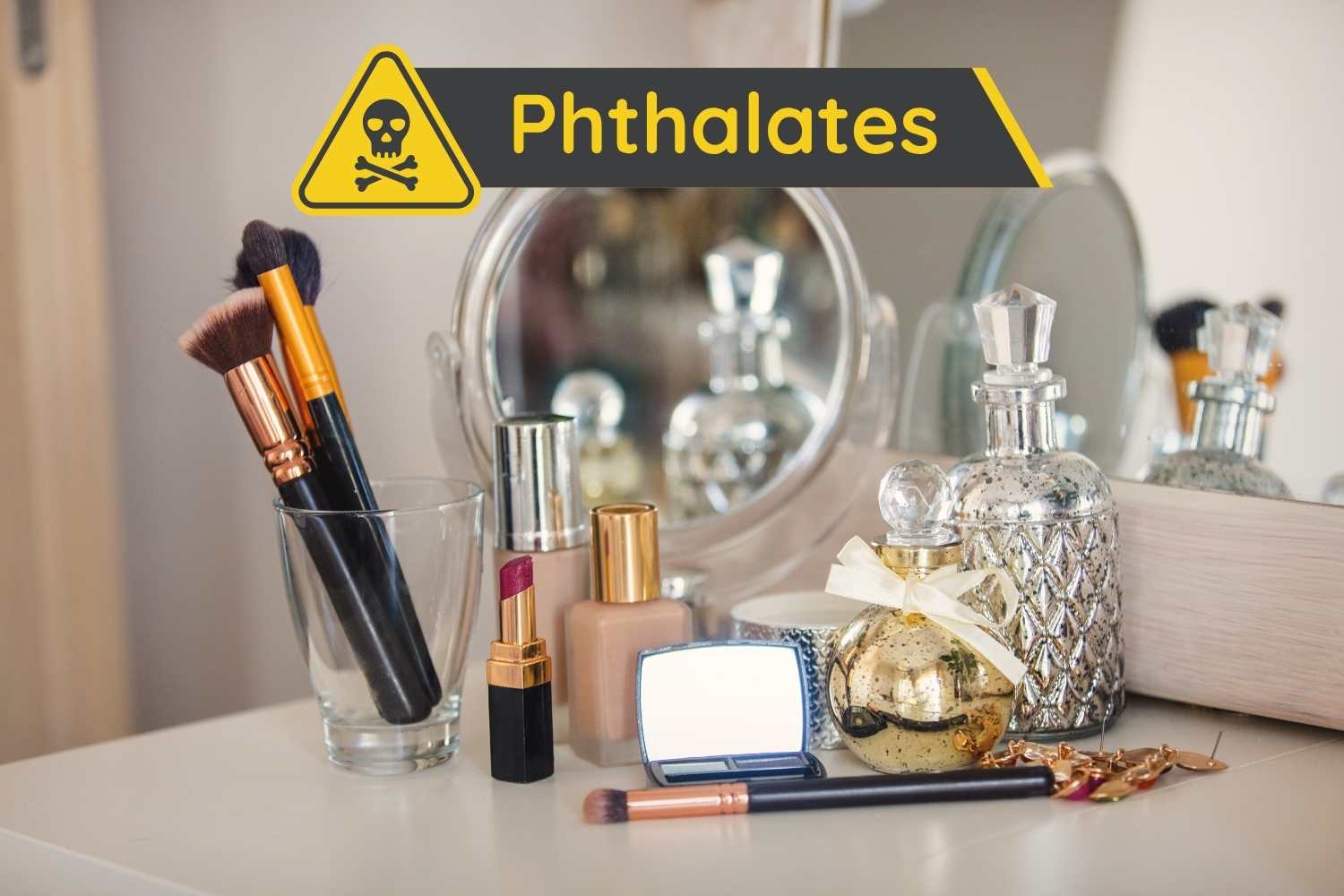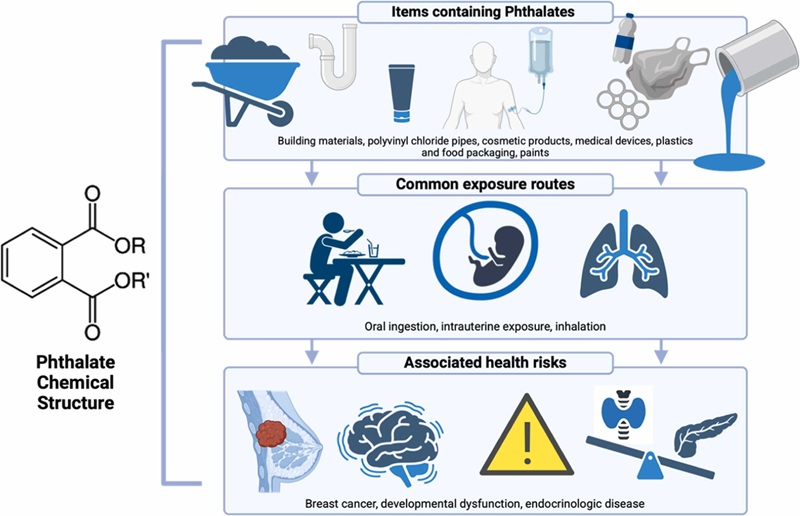A new review links phthalate exposure to breast cancer risk, highlighting their presence in cosmetics, plastics, and everyday products, while calling for further research.

Table of contents
Breast cancer remains one of the most widespread tumors among women worldwide. While genetics accounts for only 5–10% of cases, most diagnoses seem to hinge on environmental and lifestyle factors. Now, a new scientific review is pointing the finger at phthalates—chemicals found in countless consumer products, known for disrupting the endocrine system and potentially promoting tumor development.
What are phthalates and how they work
Phthalates are plasticizers, chemical compounds designed to make materials more flexible and durable. They appear everywhere: in building materials, children’s toys, food packaging, and even medical devices. Some, like DEHP, are high–molecular weight phthalates commonly used in rigid plastics. Others, with lower molecular weight, show up in paints, sealants, and coatings.
In cosmetics and personal care, phthalates serve a different purpose. They’re not making your lipstick bendable, but they’re often used as solvents or carriers for fragrance. In practice, they help scents last longer and spread more evenly on the skin or hair. This is why so many scented products—from perfumes to hair sprays—contain phthalates.
The problem lies in their chemistry. Phthalates don’t bind tightly to the materials they’re mixed into. They can migrate easily into the environment and, ultimately, into our bodies. We ingest them through food, inhale them through the air, or absorb them through skin contact. They can even cross the placenta, reaching the fetus during pregnancy.
Phthalates and breast cancer: what the study found
The new review, published in Ecotoxicology and Environmental Safety, gathered available evidence on the impact of phthalates on breast tumorigenesis, combining laboratory results with epidemiological data. The authors didn’t run new clinical trials but synthesized previous findings to understand how phthalate exposure may influence onset, progression, and metastasis of breast cancer.
The conclusions are unsettling. Phthalates appear capable of activating key cellular pathways such as PI3K/AKT/mTOR and CREB, which regulate cell growth, proliferation, and survival. Exposure has been linked to increased tumor cell survival and reduced apoptosis—the process of programmed cell death that normally prevents damaged cells from multiplying.
They may also stimulate oncogenes, encourage tumor progression, and alter cells in ways that promote metastasis and angiogenesis, the growth of new blood vessels that feed tumors. On top of this, the review suggests phthalates could contribute to chemotherapy resistance by altering drug metabolism and cellular signaling.
From an epidemiological standpoint, women with breast cancer often showed higher levels of phthalates in their blood compared with healthy women, suggesting a correlation between exposure and cancer risk. The breast, being an organ highly sensitive to endocrine disruption, seems particularly vulnerable. As the authors note, phthalates can act as xenoestrogens, interfering with estrogen receptor signaling.
It’s worth stressing, however, that the study doesn’t prove a direct cause-and-effect relationship. It shows strong associations and plausible biological mechanisms, but more research is needed to confirm whether phthalates directly trigger breast cancer.

@Ecotoxicology and Environmental Safety
Where phthalates hide in everyday products
Women are particularly exposed through personal care items. Hair products such as sprays, gels, mousses, and straightening or curling treatments are common sources. Perfumes and fragrances often contain phthalates as solvents, while make-up products like lipsticks, eyeshadows, foundations, and nail polish can carry them as well. Moisturizers, body creams, and even anti-aging lotions may include them, too.
On labels, you might spot names like diethyl phthalate (DEP), dibutyl phthalate (DBP), or butyl benzyl phthalate (BBP). And remember: if a product is heavily scented, it’s more likely to contain phthalates.
How to reduce your exposure
There’s no need for paranoia, but there are ways to lower daily exposure. Choosing phthalate-free cosmetics, favoring products with simple, transparent ingredient lists, and reducing plastic use—especially with hot or fatty foods—can all help. Ventilating rooms after using scented sprays or candles reduces inhalation, and limiting highly fragranced products is another protective measure. For everyday objects like tableware, food containers, and children’s toys, alternatives to plastic are worth considering.
